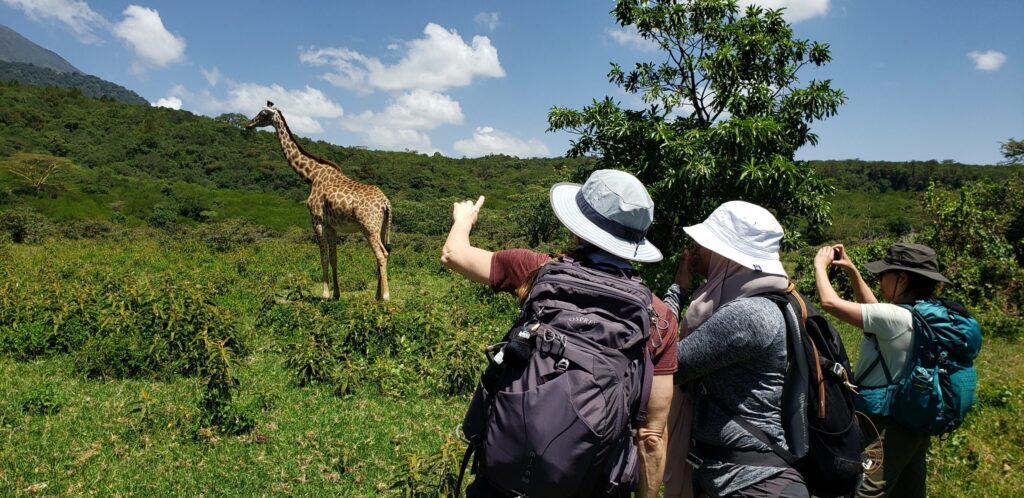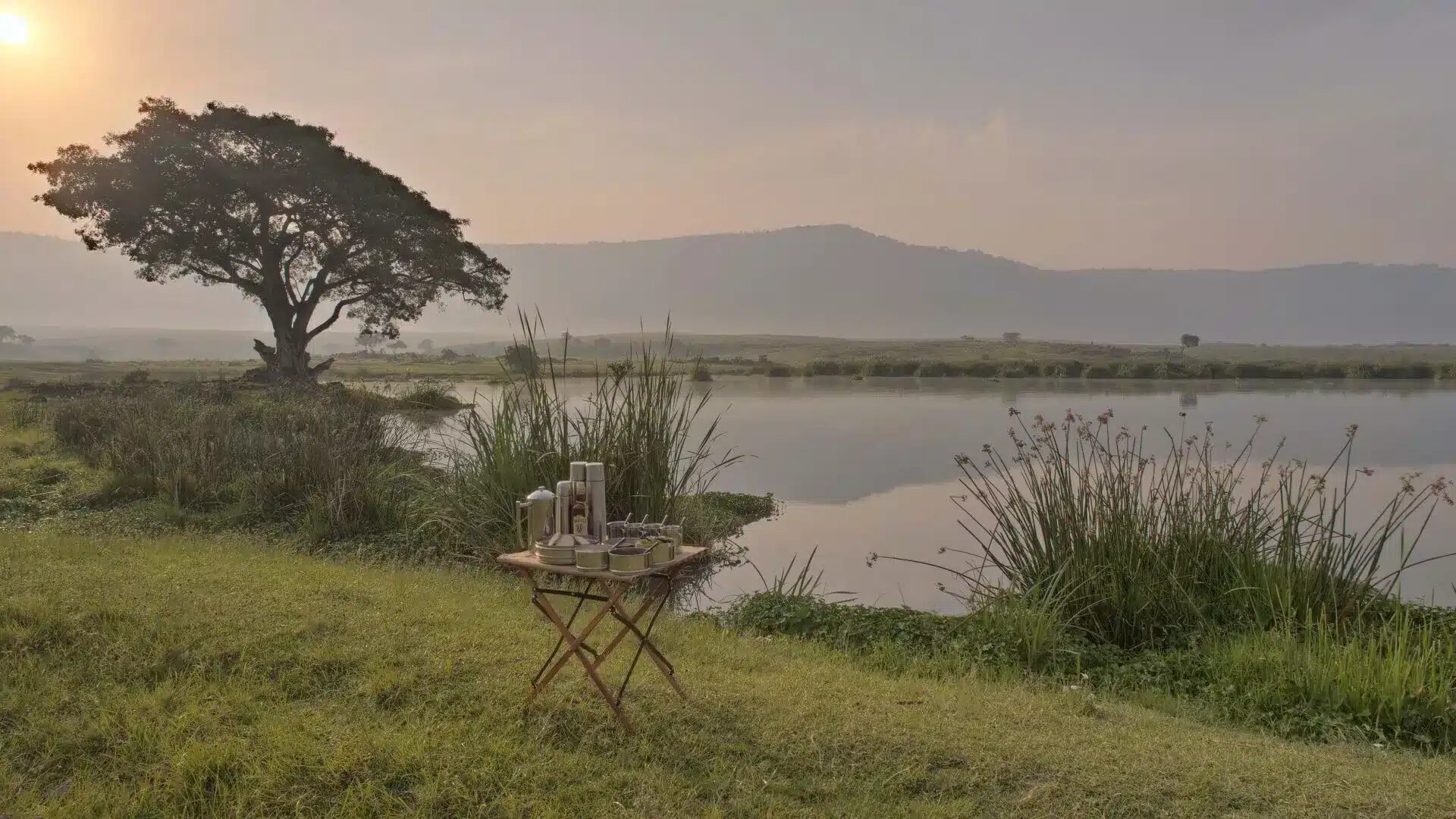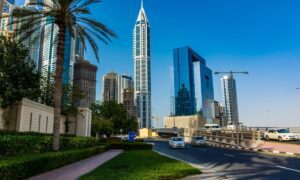Introduction
Tanzania is a nation of grand scenes, incredible natural life, and wealthy social legacy. At the heart of this East African jewel lie three unmatched ponders: Serengeti National park, the Ngorongoro Preservation Area—home to the awe-inspiring Ngorongoro Crater—and the towering, snow-capped Mount Kilimanjaro. These symbols of Tanzania frame a characteristic trio of ponders that typify the soul of experience, from savannah safaris abounding with natural life to elating treks through volcanic good countries and glacier-topped mountains.
This article will direct you through these treasures—each interestingly captivating—and present the treks that permit travelers to involve them at ground level, feeling each pulse of Tanzania’s wilderness.
Serengeti National Park:
The Land of Endless Plains
The Serengeti, whose title is inferred from the Maasai word “Siringet”, meaning “endless plains,” is a world-renowned safari goal that lives up to its title with its clearing savannahs and differing biological systems. Traversing 14,763 square kilometers in northern Tanzania, this UNESCO World Legacy Location is the arrange for one of nature’s most radiant spectacles—the Incredible Wildebeest Migration.Every year, over 1.5 million wildebeest, 200,000 zebras, and incalculable gazelles set out on an unsafe trek in search of greener pastures. They move musically over the fields, crossing crocodile-infested waterways and exploring predator-rich lands. This exhibition draws nature devotees and picture takers from over the globe.
Wildlife Experiences on Safari
A safari in the Serengeti offers a few of the most reliable and sensational natural life sightings in Africa. Here, the “Big Five”—lion, panther, elephant, buffalo, and rhinoceros—roam openly, and the huge predator population guarantees exciting experiences. You might discover a lion pride resting beneath an acacia tree or witness a cheetah sprint after a Thomson’s gazelle at breakneck speed.
Trekking in the Serengeti
While conventional diversion drives rule the Serengeti National Park strolling safaris offer an immersive way to investigate the scene. Guided by experienced officers, you can set out on multi-day strolling treks in the Serengeti’s private concession regions such as Grumeti or the southern Ndutu region.
These treks permit you to appreciate the little subtle elements frequently missed from a vehicle—the creature tracks in the sand, restorative plants, feathered creature calls, and the calm quality of the land.
For a more organized involvement, the Grumeti Strolling Safari trek is a standout choice. Ordinarily 2–3 days long, it combines light strolling, natural life following, and fly-camping in inaccessible wild regions. The excitement of strolling nearby giraffes or tuning in to the thunder of lions in the remote at night is unforgettable.
Ngorongoro Preservation Range:
A Ensured Paradise
Adjacent to the Serengeti lies the Ngorongoro Preservation Zone (NCA), a UNESCO World Legacy Location and biosphere reserve where natural life coexists with conventional Maasai pastoralists. The NCA covers 8,292 square kilometers of good countries, holes, and volcanic landscapes.
The heart of the preservation region is the Ngorongoro crater, the biggest intaglio volcanic caldera in the world. Shaped over two million a long time back, this normal amphitheater is 600 meters deep and 20 kilometers wide, harboring one of the densest concentrations of natural life in Africa.
The crater Experience
Descending into the Ngorongoro crater is associated with entering an old, untouched world. The whole floor overflows with animals—elephants, lions, hippos, flamingos, hyenas, and the imperiled dark rhino—all flourishing in a limited, however dynamic ecosystem.
The Ngorongoro crater is especially eminent for its predator-prey flow, advertising wonderful photographic openings and experiences into creature behavior. Its nutrient-rich soil and lasting water sources make it a year-round sanctuary for natural life, not at all like the migratory-dependent Serengeti.
Trekking in Ngorongoro Preservation Area:
The NCA isn’t fair around vehicle safaris; it too offers extraordinary trekking openings that few sightseers investigate. Strolling safaris in this region mix experience, culture, and topographical wonder.
One of the most famous treks is the Empakaai crater trek, a direct 2–3 hour climb plummeting into the lavish, forested dividers of the Empakaai Hole. The crater’s pop lake draws in flamingos and offers all encompassing views of Ol Doinyo Lengai—the “Mountain of God” for the Maasai—and indeed Kilimanjaro on clear days.
More driven travelers can set out on the Ngorongoro Good countries trek, a multi-day travel that joins a few volcanic holes and Maasai towns. This trek navigates picturesque edges, open fields, and thick woodlands. Along the way, you may camp close to Olmoti Hole and climb to waterfalls or indeed march from the Ngorongoro crater edge to Lake Natron, encountering both natural life and Maasai culture in depth.
Mount Kilimanjaro: The Roof of Africa
Africa’s Most elevated Peak
Towering at 5,895 meters (19,341 feet), Mount Kilimanjaro is the most elevated mountain in Africa and the tallest free-standing mountain in the world. It is a topographical ponder composed of three volcanic cones: Kibo (the summit), Mawenzi, and Shira. This torpid spring of gushing lava draws trekkers and mountain climbers from all strolls of life looking for to prevail over its famous snow-capped summit.
Unlike numerous high-altitude peaks, Kilimanjaro requires no specialized climbing aptitudes, making it available to fit explorers with legitimate acclimatization. Be that as it may, its tall height and eccentric climate make it a genuine challenge not to be underestimated.
Choosing Your trek: router to the Summit
There are a few routers to reach Uhuru peak, each advertising one of a kind view, trouble levels, and acclimatization profiles.
- Marangu Course – “The Coca-Cola Route”
This is the most seasoned and one of the most prevalent routers. It offers cottage convenience and a gentler climb. The trek regularly takes 5–6 days and highlights picturesque rainforests, moorlands, and elevated deserts.
- Machame Course – “The Bourbon Route”
More challenging and picturesque than Marangu, this course permits way better acclimatization. It takes 6–7 days and navigates changed territories, from rainforest to magma edges and glaciers.
- Lemosho Route
Often considered the most wonderful and slightest swarmed, this course offers great acclimatization and inaccessible wild encounters. It ordinarily takes 7–8 days, expanding summit victory rates.
- Rongai Route
Approaching from the north close to the Kenyan border, this course offers drier conditions and all encompassing sees. It is less trafficked and takes 6–7 days.
Each course gives a distinctive trekking involvement, but all come full circle in a dawn summit thrust to Uhuru peak. The minute you stand on Kilimanjaro, over the clouds, observing the sun rise over the African landmass, is really transcendental.
Combining the Trio: Safari and Summit in One trek
For travelers looking for extreme Tanzanian involvement, combining these three ponders into one trip is both doable and profoundly fulfilling. A normal schedule might include:
- Days 1–4: Safari in Serengeti National park, seeing the Extraordinary Movement or investigating the central Seronera region’s predator-rich valleys.
- Days 5–6: Ngorongoro Hole plummets and a social trek in the Ngorongoro Highlands.
- Days 7–14: Kilimanjaro trek through your chosen route.
This kind of agenda offers an immersive difference between the clearing fields of the Serengeti, the rich, wildlife-rich crater of Ngorongoro, and the glaciated summit of Kilimanjaro—all inside one exceptional adventure.
Accommodations Over the Trio
In the Serengeti
- Luxury: Four Seasons Safari Hold up Serengeti, Singita Sasakwa Lodge
- Mid-range: Serengeti Serena Safari Hold up, Kubu Kubu Risen Lodge
- Mobile Camps: Serengeti Beneath Canvas, Lemala Ewanjan (perfect amid relocation season)
In Ngorongoro
- Crater Edge Lodges: Ngorongoro Hole Hold up (ultra-luxury), Rhino Hold up (budget with extraordinary views)
- Highland Camps: The Good countries (an eco-camp close Olmoti), Empakai Camp
On Kilimanjaro
- Pre-/Post-trek Lodges: Arusha Coffee Hold up, Rivertrees Nation Inn
- Mountain Cabins: Mandara, Horombo, and Kibo Hovels (Marangu Route)
- Tented Camps: Given on other routes—portable camps with resting tents, feasting tents, and private toilets (for extravagance treks)
Conclusion:
Serengeti, Ngorongoro, and Kilimanjaro together speak to the soul of Tanzania—raw, effective, and awe-inspiring. Whether you’re observing a lioness stalking her prey over brilliant meadows, standing inside an ancient crater encompassed by elephants, or trekking through elevated deserts to the peak of Africa, each minute carves itself into your memory.
The consideration of treks—from Kilimanjaro’s summit climbs to strolling safaris in Serengeti and crater edge climbs in Ngorongoro—transforms a classic safari into a multi-dimensional experience. This travel isn’t fair around seeing the wild; it’s about strolling through it, breathing its discus, feeling its beat, and getting to be a portion of its antiquated beat.






























